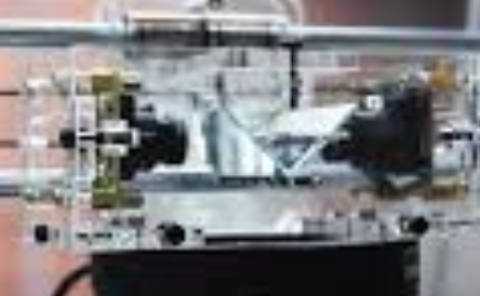Leveling the Playing Field: A Comparative Reevaluation of Unmodified Eye Tracking as an Input and Interaction Modality for VR
PubDate: Mar 2023
Teams: Meta
Writers: Ajoy S. Fernandes, T. Scott Murdison, Michael J. Proulx

Abstract
In this study, we establish a much-needed baseline for evaluating eye tracking interactions using an eye tracking enabled Meta Quest 2 VR headset with 30 participants. Each participant went through 1098 targets using multiple conditions representative of AR/VR targeting and selecting tasks, including both traditional standards and those more aligned with AR/VR interactions today. We use circular white world-locked targets, and an eye tracking system with sub-1-degree mean accuracy errors running at approximately 90Hz. In a targeting and button press selection task, we, by design, compare completely unadjusted, cursor-less, eye tracking with controller and head tracking, which both had cursors. Across all inputs, we presented targets in a configuration similar to the ISO 9241-9 reciprocal selection task and another format with targets more evenly distributed near the center. Targets were laid out either flat on a plane or tangent to a sphere and rotated toward the user. Even though we intended this to be a baseline study, we see unmodified eye tracking, without any form of a cursor, or feedback, outperformed the head by 27.9% and performed comparably to the controller (5.63% decrease) in throughput. Eye tracking had improved subjective ratings relative to head in Ease of Use, Adoption, and Fatigue (66.4%, 89.8%, and 116.1% improvements, respectively) and had similar ratings relative to the controller (reduction by 4.2%, 8.9%, and 5.2% respectively). Eye tracking had a higher miss percentage than controller and head (17.3% vs 4.7% vs 7.2% respectively). Collectively, the results of this baseline study serve as a strong indicator that eye tracking, with even minor sensible interaction design modifications, has tremendous potential in reshaping interactions in next-generation AR/VR head mounted displays.



